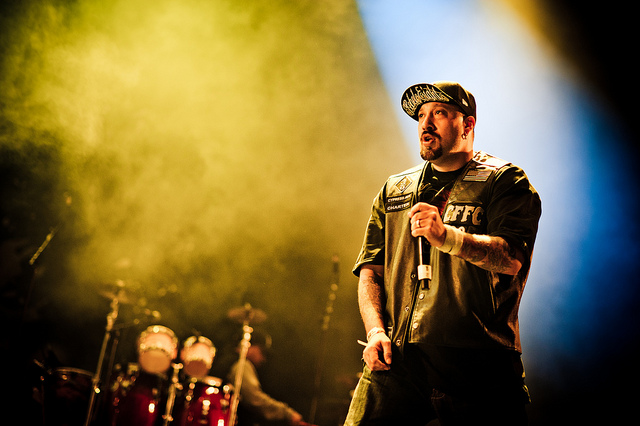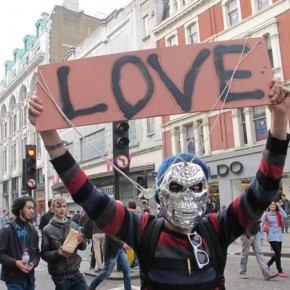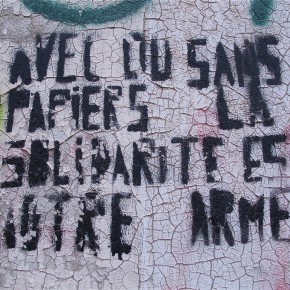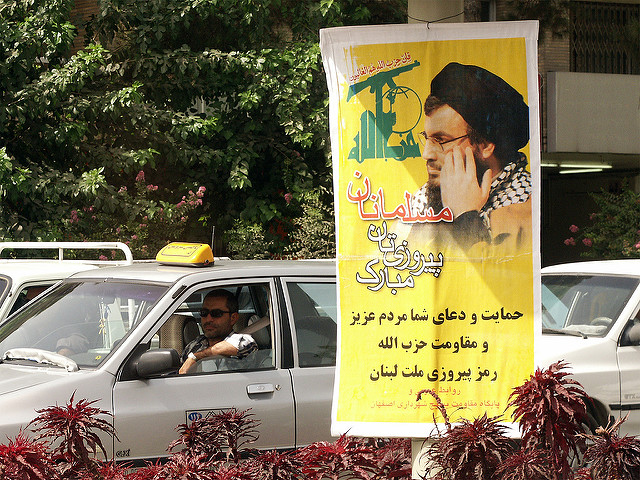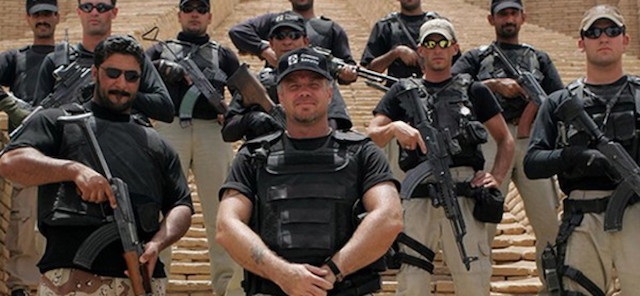“I started off rapping for people just like myself, people who were in awe of wealth and flash. It was a conversation between me and them. But now most of those who buy my records are listening in on others’ conversation. They are the aural equivalent of voyeurs, thrilled at this crazy world that has nothing to do with their experience.” -Ice-T
I was twelve years old when my neighborhood buddies and I first eavesdropped on two Latino ex-gang members rapping about their experiences on Cypress Hill Avenue, in the tough, working-class Los Angeles suburb of South Gate. We were light years away in the affluent, predominately white bedroom community of Rocklin, in northern California.
“Lala, La, Lala, Laaa”
The gun carnage and homicidal glee that Louis “B-Real” Freese and Senen “Sen Dog” Reyes bragged about in their self-titled debut record sounded like a house party we were dying to crash. I never heard anything so raw and immorally exciting, not from my cousin’s tape of NWA’s Straight Outta Compton or my best friend’s copy of 2 Live Crew’s As Nasty As They Wanna Be that he brandished to classmates as if showing off his dad’s Playboys. Cypress Hill led us in a sing-along about the joys of hunting down enemies on the street and blasting them to kingdom come: “Sawed-off shotgun, hand on the pump/Left hand on a forty, puffing on a blunt/Pumped up my shotgun, n___gaz didn’t jump/Lala, la, lala, laaa.”
The music was pure entertainment for a tween like me. B-Real spat his lyrics in a whiny, the-joke’s-on-you-sucka, taunting deliver that evoked memories of the Cheech and Chong comedies I grew up watching. He also embodied the vato loco persona used by my classmates to describe the killers in the exaggerated and embellished tales of local gang violence they heard from a friend of a friend. Also driving the funk were Sen Dog’s cheerleading shouts, the rat-a-tat-tat beat of Junior Walker & The All Stars’ Shotgun, and that unforgettable loop of Gene Chandler’s doo-wop classic, Duke of Earl that’s cut down to the “du, du, duke,” which was the perfect cheap thrill for a kid to lip-sync along to.
Elsewhere, on my friend’s Cypress Hill tape was more candy for voyeurs like us. Hole in the Head is another ode to gang violence delivered in B-Real’s malevolent splendor. Yet, the lowrider-bouncing groove of Jimmy McGriff’s The Bird in the tune’s guitar riff and the odd verses of “Scooby Doo y’all/a doobie, doobie doo ya’all!” made it seem like an innocence party jam for the Mystery Machine. And then there were the explicit odes to marijuana (“Stoned is the Way of the Walk”) that were never hidden in symbolism and innuendo, which amused my friends whose minds were always open to new methods of musically annoying their parents.
Cypress Hill also confronts the voyeurs at home in How I Could Just Kill a Man after bragging about terrifying and exterminating “punks” with their weaponry (matters that are “something you can’t understand” as the famous chorus goes. “How you know where I’m at when you haven’t been where I’ve been?” B-Real snaps. “Understand where I’m coming from/When you’re up on the hill, in your big home/I’m out here, risking my dome.” His message was lost on my friends and me, we simply lip-synced Sen Dog’s huffed line, “How I could just kill a man,” thinking we were badasses. That’s entertainment.
At The Tailgate Party
It was a vibrant time to be a young voyeur of media violence back in the early 1990s. During the Persian Gulf War, Gen. Norman Schwarzkopf resembled an Electronics Boutique salesman who demonstrated a new Sega Genesis game when he presented satellite footage of laser-guided “smart bombs” striking Iraqi targets. To many young American eyes like mine, the destruction appeared to be clean, bloodless, and dazzling in the guise of crude graphics and green night vision. In a few months after the war, half a dozen TV cameras filmed a gang of robbers hold 50 customers and employees hostage in plain sight at a Good Guys store in Sacramento. Viewers watched constantly repeated clips of the moment when a SWAT team went on the offense and caused their panicking targets to spray bullets on the hostages and human shields, killing three. Many of my classmates described what they saw as if recounting a scene from a Die Hard movie.
According to my hometown’s youth culture, gangsta rap was the sonic equivalent of that smart bomb video and the voyeuristic coverage of the Good Guys tragedy. There was spectacular flash and drama that was all kept from a safe distance away from us. There were anti-heroes to live vicariously through, conservative parents to mortify, belligerent attitudes to adapt for frightening away bullies, girls for the boys to sexually exploit, shameless pursuits of loveless sex, forbidden fruits for the Just Say No Generation to taste, and nonwhite cultures to view as exotic specimens for escapists to embrace. Gangsta music and culture were far more exciting to many of my classmates than any rock band that critics and MTV deemed to Matter (i.e. Nirvana, Pearl Jam). Lyrics were clearly understood, and not obscured by mumbling singers and loud guitars. A few Latino inmates from a California Youth Authority prison visited my high school to scare my classmates away from the gang life and the drug trade, some promising us we would be raped if we first step into a CYA cell. They instead impressed several of their audience members enough to hang out with them and share laughs after the talk. The kids were entertained.
The Joyful Noise
Cypress Hill’s double-platinum-selling debut was released between Straight Outta Compton and Dr. Dre’s mainstream blockbuster The Chronic. I’d imagine the latter will receive dozens of 20th anniversary retrospectives. Yet so little recent critical attention has been paid to how well producer DJ Muggs translated Cypress Hill’s nihilism into such joy. On Cypress Hill’s eponymous debut, and their 1993 followup, Black Sunday, Muggs fused bits of white electronic noise with raw Latin rhythms, the James Brown-style bombast of Public Enemy’s Bomb Squad, and razor-cut Blaxploitation grooves into a “stoned” sound that would be imitated by so many West Coast rap groups since. SPIN magazine’s Chris Norris keenly describe the noise as “breakbeat-concrète ” in its apparent cross-breeding of hip-hop and the classic sound manipulations of musique concrète. Echoes of the clamor were to be heard a decade later in the excursions of indie rappers and groups, Cannibal Ox, El-P, and Dalek.
After concocting such a groundbreaking noise in their first two albums, Cypress Hill sunk into mediocrity. They became better known for their pro-marijuana legalization than their music, which was growing less and less inspired. I gave up on Cypress Hill right when I saw B-Real throw his arms about in a locker room while rapping about the cartoon “Mean Team” that challenged Michael Jordan and Bugs Bunny on the basketball court in a music video for the 1996 movie, Space Jam. Cypress Hill went on to experiment with rap-rock and scored a hit in their finger-wagging single, “(Rock) Superstar” that lectured aspiring rock stars about the life-ruining dangers documented in so many VH1 Behind the Music shows. More recently, the group collaborated with Rage Against the Machine’s Tom Morello in the single, “Rise Up” where they deliver a generic, let’s-take-back-the-streets call to arms. The power of their debut album is long gone.
My Nausea
Despite my aesthetic views of DJ Muggs’ production and Cypress Hill’s role in shaping hip-hop, it’s now difficult for me to listen to their debut album without feeling nauseated. The entertainers’ portrayal of homicidal pleasures in seeking targets from a car window now sickens me. I’ve attended so many funerals of gunshot victims in my work as a crime reporter for the Elk Grove Citizen. I was there in a Sacramento courtroom when Aaron Dunn had his arraignment after recovering from the gunshot wounds he suffered when two police officers shot him while he was on a methamphetamine-fueled shooting rampage in downtown Elk Grove that claimed two lives in front of their families. He blew a kiss at me and the nearby television cameramen.
Cypress Hill’s murderous jubilance becomes meaningless schlock when I think of the teenage girl who screamed in Spanish while weeping over her 17-year-old brother, Robert Maisonet in his casket. He was beaten to death in the middle of the day near a busy intersection by a group of juveniles who jumped out of a car to murder him. So many tears. I see the relatives and friends of Marc Grimes who was shot to death in his driveway after he challenged a group of Nortenos who blocked his driveway. And I see two dozen Sikh women huddled together in a Sacramento mortuary while Gurmej Atwal is cremated. He was mortally shot in a drive-by shooting while he simply joined his good friend, Surinder Singh in an afternoon walk. The killer remains at large.
“Here is something you can’t understand/(a cartoon voice asks) ‘What does it all mean?’/How I could just kill a man.”
That’s entertainment.
Photograph courtesy of Kmeron. Published under a Creative Commons license.
